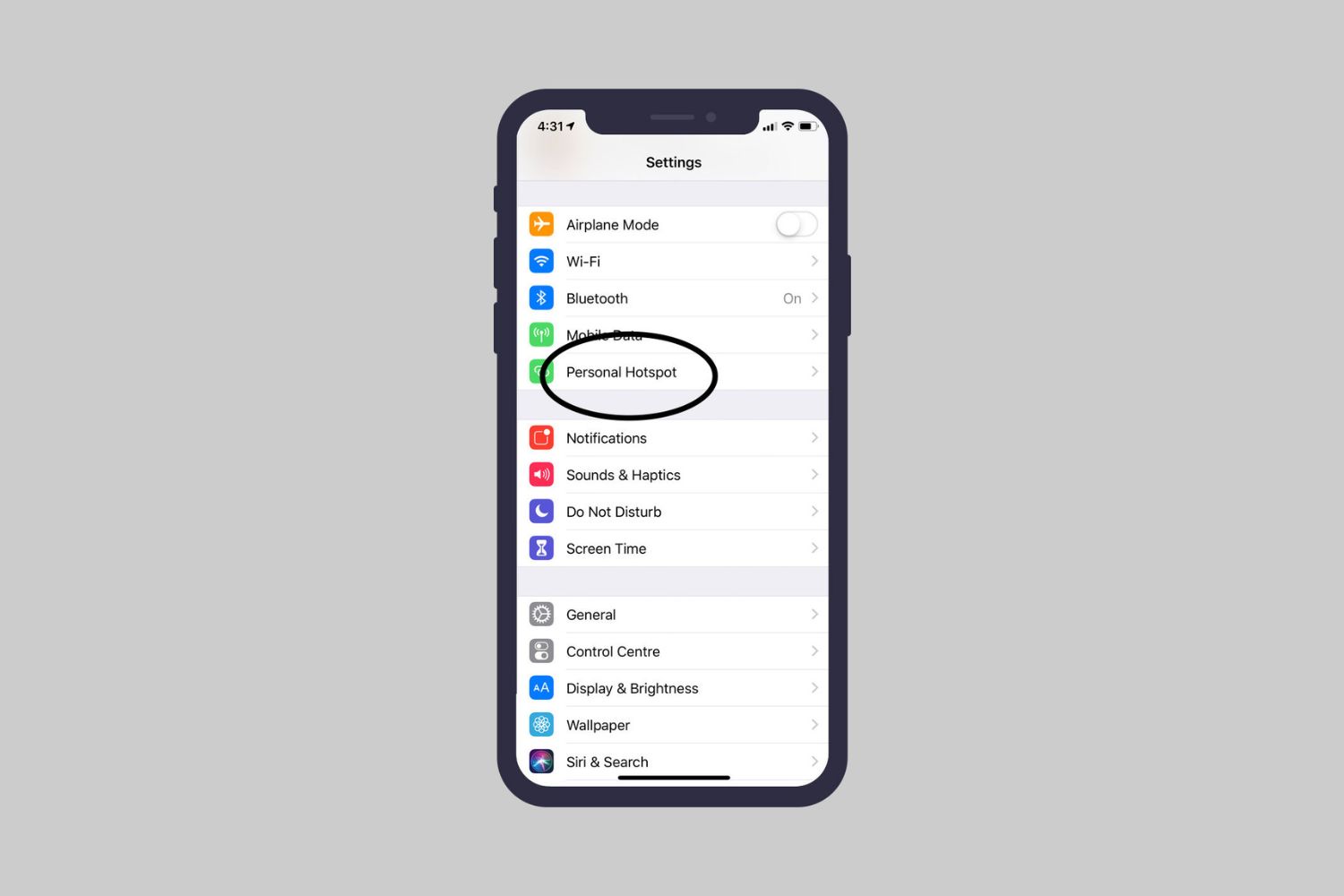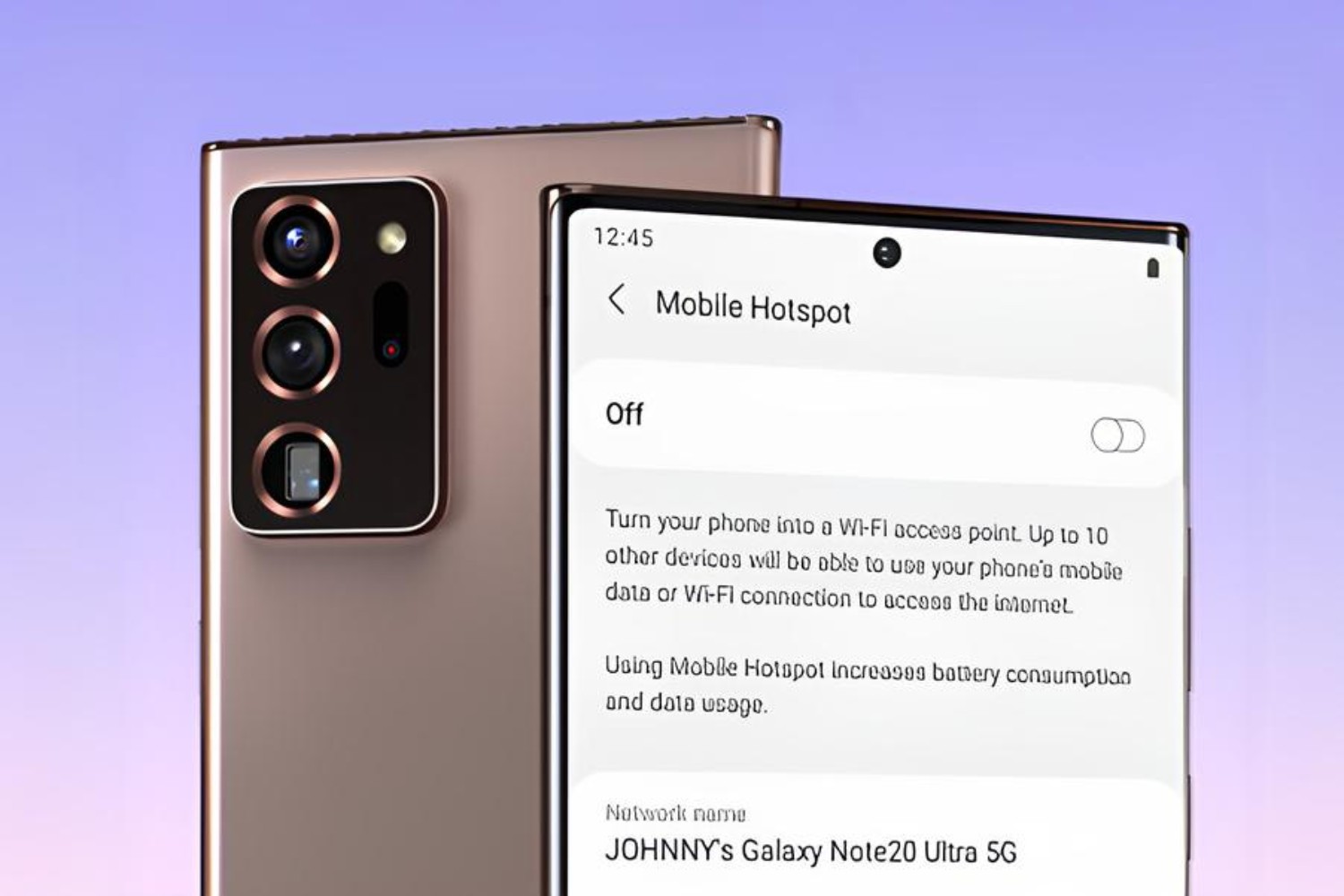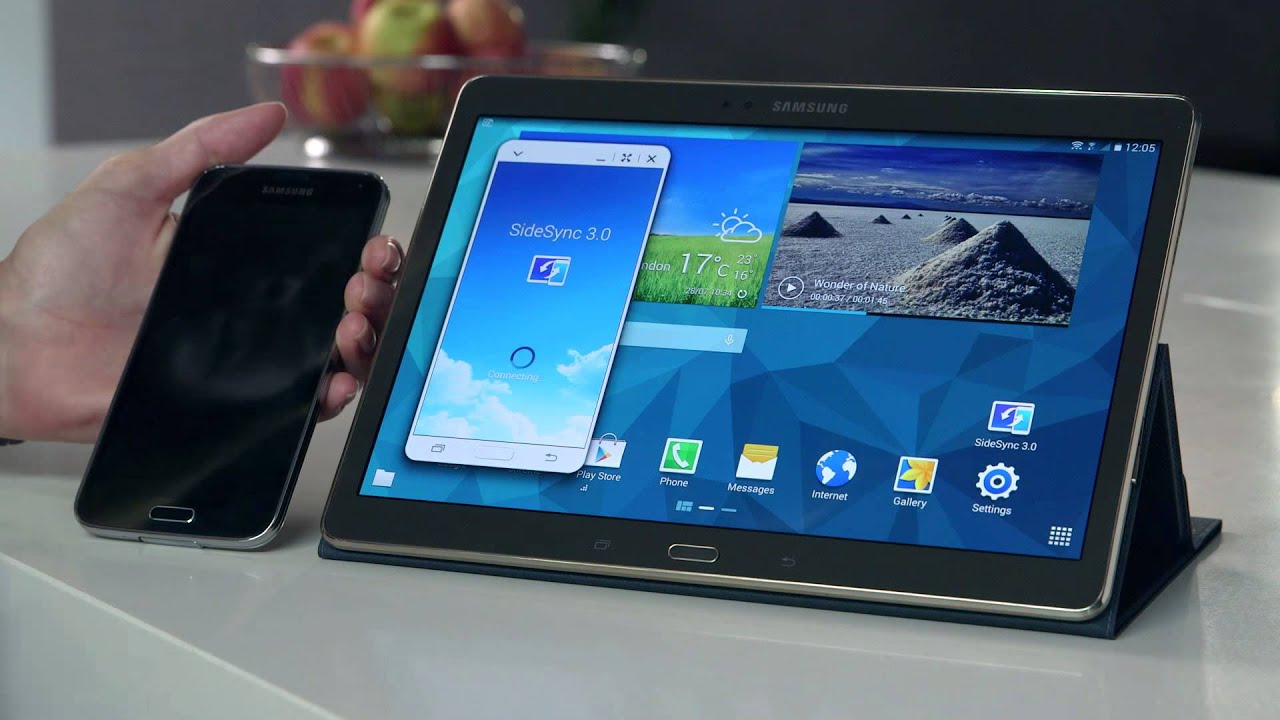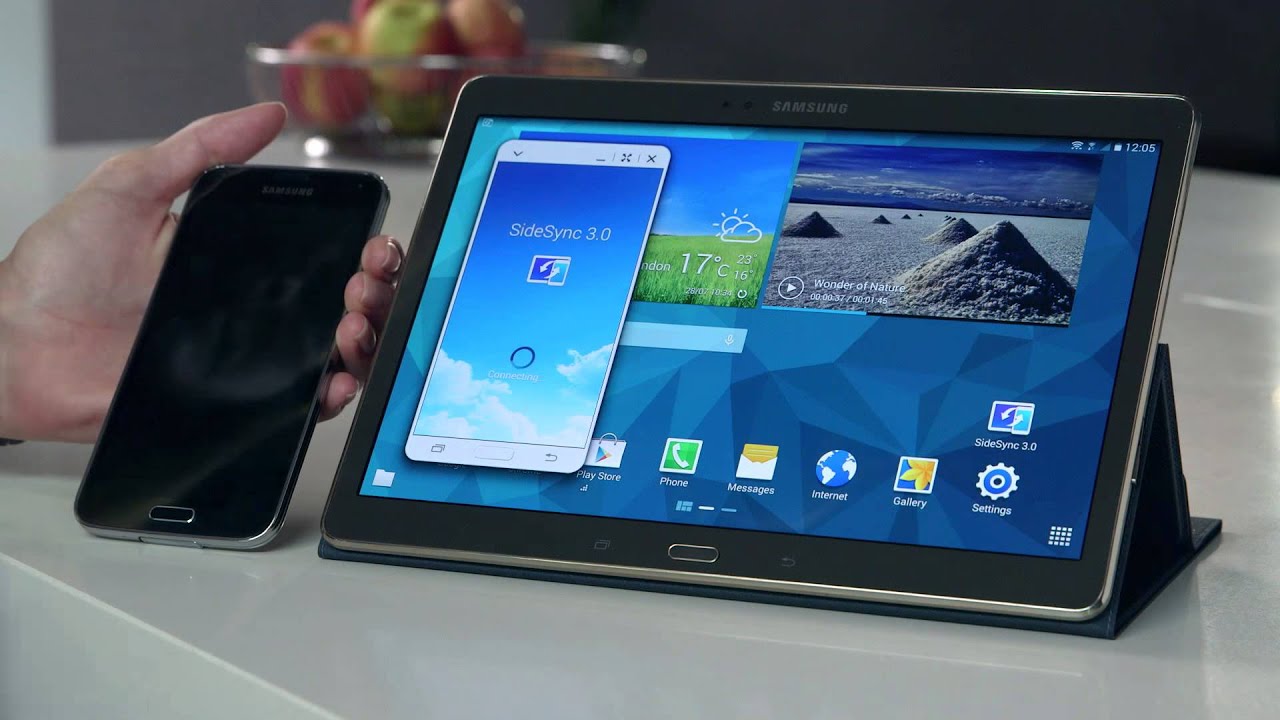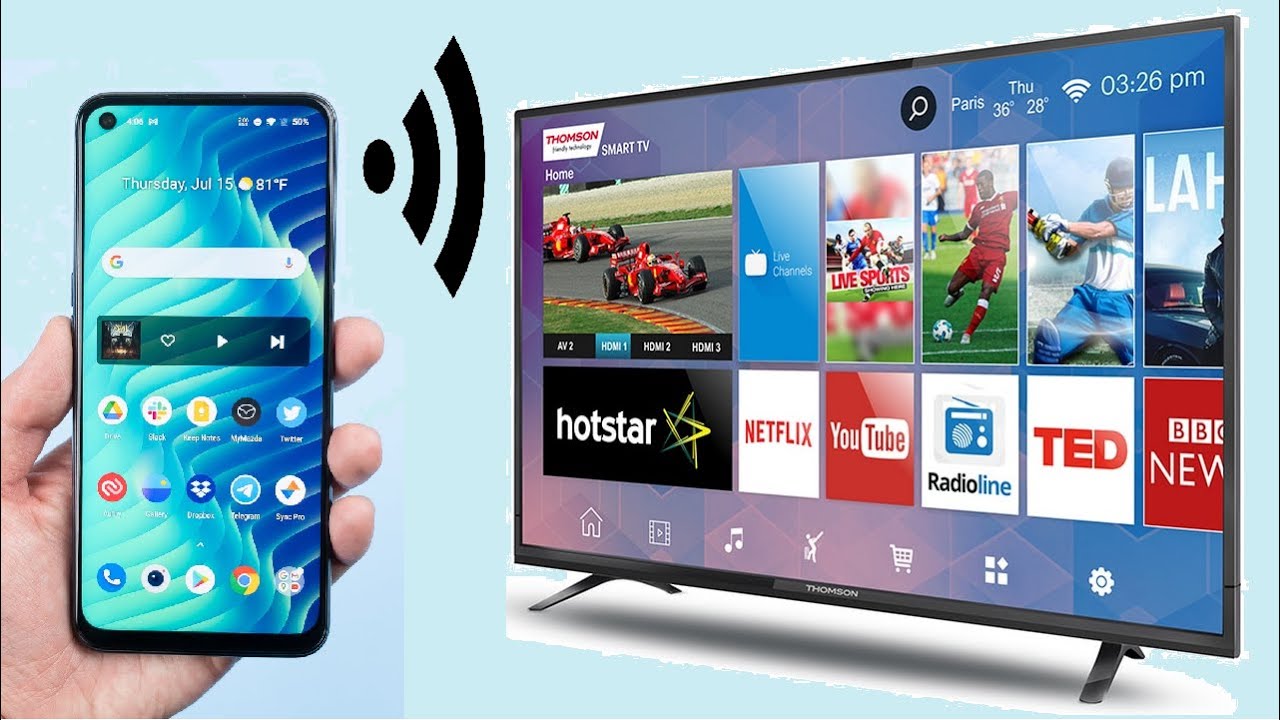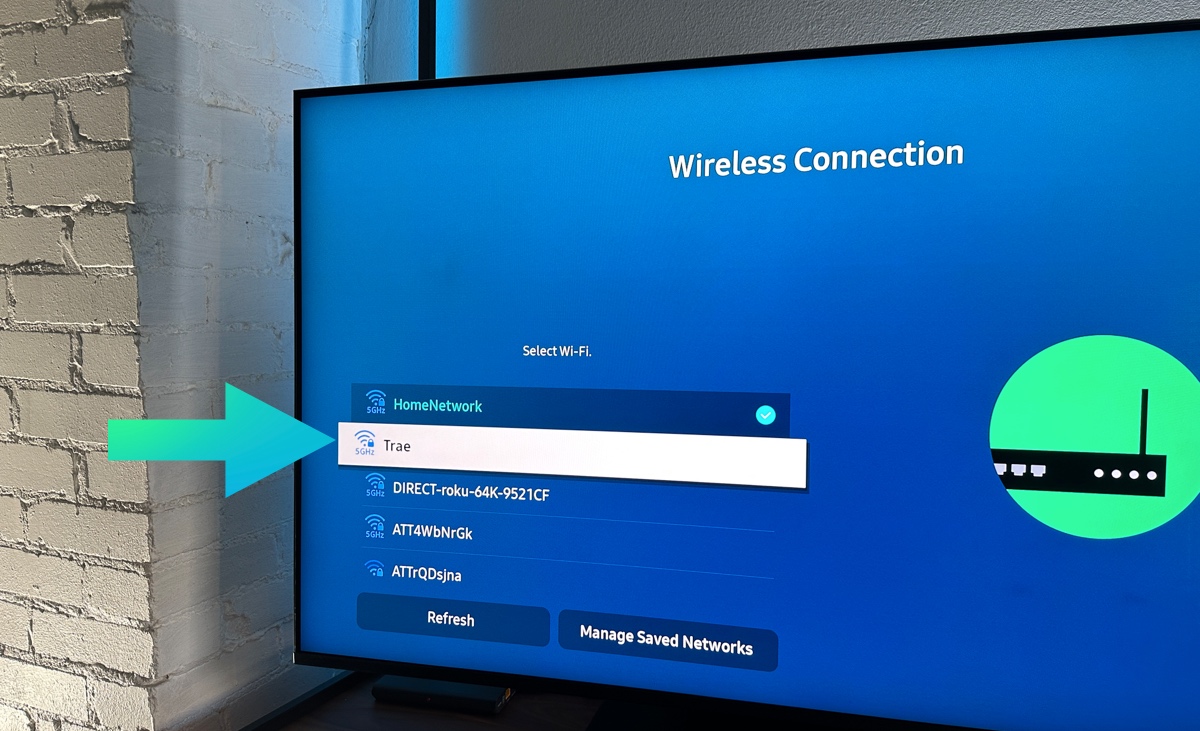Check Your Device's Hotspot Settings
When you encounter issues with your hotspot not appearing, the first step is to check your device's hotspot settings. This process involves verifying the configuration and ensuring that everything is set up correctly. Here's a detailed guide on how to perform this essential troubleshooting step:
-
Access Hotspot Settings: Begin by navigating to your device's settings menu. Look for the "Personal Hotspot" or "Tethering" option, depending on your device's operating system. On iOS devices, you can find this under "Settings" > "Personal Hotspot," while on Android devices, it may be located under "Settings" > "Network & Internet" > "Hotspot & Tethering."
-
Verify Hotspot Status: Once you've accessed the hotspot settings, check the status of the hotspot feature. Ensure that it is enabled or turned on. If it's currently disabled, toggle the switch to activate the hotspot functionality.
-
Review Hotspot Name and Password: Confirm the network name (SSID) and password configured for your hotspot. It's crucial to ensure that the network name and password are correctly entered and visible within the settings. If necessary, update the hotspot name and password to something memorable and secure.
-
Check Hotspot Security Settings: Take a moment to review the security settings for your hotspot. It's advisable to use WPA2 or WPA3 security protocols to safeguard your hotspot network. Additionally, make sure that the security key or password is strong and not easily guessable.
-
Inspect Connected Devices: Some devices may have settings to limit the number of connected devices to the hotspot. If your hotspot doesn't appear, it's worth checking if there are any restrictions on the number of devices that can connect simultaneously. Adjust this setting if needed to accommodate your requirements.
-
Assess Data Connection: A stable data connection is essential for the hotspot to function correctly. Verify that your device has an active data connection, whether through mobile data or a Wi-Fi network, as the hotspot relies on this connection to provide internet access to connected devices.
By meticulously examining and adjusting these hotspot settings, you can effectively troubleshoot and resolve issues related to your hotspot not appearing. This proactive approach empowers you to identify potential configuration issues and rectify them, ensuring a seamless and reliable hotspot experience for your devices.
Ensure Your Device's Hotspot Feature Is Turned On
One of the most common reasons for a hotspot not appearing on your device is the feature being turned off. This seemingly simple oversight can lead to frustration when attempting to connect other devices to your hotspot. To address this issue, it's crucial to ensure that the hotspot feature is activated on your device. Here's a detailed exploration of the steps to verify and enable the hotspot feature:
Access Hotspot Settings
First and foremost, access your device's settings menu. Depending on your device's operating system, you can typically find the hotspot feature under the "Personal Hotspot" or "Tethering" section. On iOS devices, navigate to "Settings" > "Personal Hotspot," while on Android devices, it may be located under "Settings" > "Network & Internet" > "Hotspot & Tethering."
Verify Hotspot Status
Upon accessing the hotspot settings, carefully check the status of the hotspot feature. If it's currently disabled, toggle the switch to enable the hotspot functionality. This straightforward action ensures that the hotspot is ready to provide internet access to other devices.
Review Hotspot Name and Password
While confirming the hotspot status, take a moment to verify the network name (SSID) and password configured for your hotspot. It's essential to ensure that the network name and password are correctly entered and visible within the settings. If necessary, update the hotspot name and password to something memorable and secure, enhancing the overall accessibility and security of your hotspot network.
Check Hotspot Security Settings
Additionally, it's advisable to review the security settings for your hotspot. Utilizing robust security protocols such as WPA2 or WPA3 helps safeguard your hotspot network from unauthorized access. Ensure that the security key or password is strong and not easily guessable, thereby fortifying the integrity of your hotspot's security measures.
Inspect Connected Devices
Some devices offer settings to limit the number of connected devices to the hotspot. If your hotspot doesn't appear, it's worth checking if there are any restrictions on the number of devices that can connect simultaneously. Adjust this setting if needed to accommodate the desired number of connected devices, facilitating seamless connectivity for all your devices.
Assess Data Connection
Finally, it's imperative to verify that your device has an active data connection, whether through mobile data or a Wi-Fi network. A stable data connection is fundamental for the hotspot to function effectively, as it relies on this connection to provide internet access to connected devices. Ensuring a robust data connection reinforces the reliability and performance of your hotspot.
By meticulously following these steps to verify and enable the hotspot feature on your device, you can proactively address issues related to your hotspot not appearing. This proactive approach empowers you to rectify potential oversights and configuration issues, ultimately ensuring a seamless and dependable hotspot experience for all your connected devices.
Restart Your Device
Restarting your device is a fundamental yet often overlooked troubleshooting step that can effectively resolve a myriad of technical issues, including instances where your hotspot fails to appear. This simple yet powerful action serves to refresh the device's operating system, clear temporary caches, and address potential software glitches that may be hindering the proper functioning of the hotspot feature. Here's an in-depth exploration of the process and benefits of restarting your device to troubleshoot hotspot visibility issues:
Rebooting Your Device
Initiating a device reboot involves powering off the device completely and then turning it back on after a brief interval. This process varies slightly depending on the device's make and model, but the general steps involve pressing and holding the power button, selecting the option to power off the device, waiting for a few moments, and then pressing the power button again to turn the device back on. By performing a complete reboot, you effectively reset the device's software and initiate a fresh start, potentially resolving any underlying issues that may have been affecting the visibility of your hotspot.
Clearing Temporary Data
When a device runs continuously without a reboot, temporary data and caches can accumulate within the system. These temporary files, if corrupted or conflicting, can impact various functionalities, including the hotspot feature. By restarting the device, these temporary data and caches are cleared, providing a clean slate for the operating system to function optimally. This process can eliminate potential obstacles that may have been preventing the hotspot from appearing on your device.
Addressing Software Glitches
Software glitches, though often transient, can disrupt the normal operation of various features, including the hotspot functionality. A device reboot effectively addresses such glitches by terminating all running processes and initializing a fresh system boot. This action can rectify any underlying software issues that may have been impeding the proper visibility of your hotspot, thereby restoring seamless functionality to the device.
Enhancing Device Performance
In addition to troubleshooting hotspot visibility issues, restarting your device can contribute to overall performance enhancements. By clearing temporary data, refreshing the operating system, and addressing software glitches, a device reboot can lead to improved responsiveness, smoother operation, and better resource management. This holistic improvement in device performance further supports the optimal functioning of the hotspot feature and other essential functionalities.
By incorporating the practice of restarting your device into your troubleshooting routine, you can effectively address issues where your hotspot fails to appear. This proactive approach not only resolves immediate concerns but also contributes to the overall health and performance of your device, ensuring a reliable and seamless user experience.
Update Your Device's Software
Ensuring that your device's software is up to date is a crucial step in troubleshooting issues with your hotspot not appearing. Software updates often include bug fixes, security enhancements, and improvements to system stability, all of which can directly impact the functionality of the hotspot feature. Here's an in-depth exploration of the significance and process of updating your device's software to address hotspot visibility issues:
Importance of Software Updates
Software updates play a pivotal role in maintaining the optimal performance and functionality of your device. They are designed to address known issues, enhance security measures, and introduce new features. When it comes to troubleshooting hotspot visibility issues, updating your device's software can rectify underlying software-related factors that may be impeding the proper operation of the hotspot feature. By staying current with software updates, you leverage the latest improvements and fixes that can directly impact the visibility and reliability of your hotspot.
Verifying Available Updates
Before proceeding with a software update, it's essential to verify if there are any available updates for your device. Most devices provide a dedicated section within the settings menu for software updates. Navigate to this section and initiate a check for updates. If an update is available, follow the prompts to download and install the latest software version.
Addressing Software-Related Issues
Software updates often include specific fixes for known issues that may affect various functionalities of the device. By updating your device's software, you can effectively address any underlying software-related factors that could be contributing to the hotspot not appearing. This proactive approach targets potential software glitches, compatibility issues, or system instabilities that may hinder the proper functioning of the hotspot feature.
Enhancing System Stability
In addition to resolving specific issues, software updates contribute to overall system stability. A stable and well-functioning operating system provides a conducive environment for the seamless operation of features such as the hotspot. By updating your device's software, you fortify the foundation on which the hotspot functionality relies, ensuring a reliable and consistent user experience.
Leveraging Security Enhancements
Security updates are an integral part of software updates. These updates address vulnerabilities and strengthen the device's defense against potential threats. By keeping your device's software up to date, you bolster the security of the entire system, including the hotspot feature. This proactive security measure safeguards your device and its functionalities, promoting a secure and trustworthy hotspot experience.
By prioritizing the regular updating of your device's software, you proactively address potential software-related factors that may be impacting the visibility of your hotspot. This proactive approach leverages the latest improvements, fixes, and security enhancements to ensure a dependable and seamless hotspot experience for all your connected devices.
Reset Network Settings on Your Device
Resetting the network settings on your device can serve as a potent troubleshooting measure when encountering issues with your hotspot not appearing. This comprehensive action effectively clears and reconfigures network-related parameters, potentially addressing underlying connectivity and visibility issues. Here's an insightful exploration of the significance and process of resetting network settings to resolve hotspot visibility issues:
Understanding the Impact
Resetting network settings entails reverting various connectivity configurations to their default state. This action encompasses Wi-Fi, cellular, Bluetooth, and VPN settings, along with network-specific preferences. By initiating a network settings reset, you effectively eliminate potential misconfigurations, conflicts, or inconsistencies that may be impeding the proper visibility and functionality of your hotspot.
Accessing Network Settings
To initiate a network settings reset, navigate to your device's settings menu. The location of the network settings may vary based on the device's operating system. Look for the section related to network, connectivity, or general settings. Once accessed, locate the option to reset network settings. It's essential to proceed with caution, as this action will revert all network-related configurations to their default state.
Performing the Reset
Upon selecting the option to reset network settings, the device will prompt for confirmation before proceeding. Once confirmed, the reset process will commence. This process may take a few moments to complete, during which the device will reconfigure network parameters to their default settings. It's important to note that this action will clear saved Wi-Fi networks, Bluetooth pairings, and VPN configurations, requiring you to re-enter these details after the reset.
Potential Impact and Benefits
Resetting network settings can yield several benefits in addressing hotspot visibility issues. By eliminating potential misconfigurations and conflicts, this action aims to restore the integrity of network connectivity, potentially resolving issues that hinder the appearance of your hotspot. Additionally, the reset process can provide a clean slate for establishing new network connections, ensuring optimal performance and visibility for your hotspot.
Post-Reset Verification
Following the network settings reset, it's crucial to verify the impact on the visibility of your hotspot. Access the hotspot settings and ensure that the feature is enabled and configured correctly. Attempt to connect other devices to the hotspot to confirm its visibility and functionality. By conducting this verification, you can ascertain the effectiveness of the network settings reset in addressing the hotspot visibility issue.
By proactively resetting network settings on your device, you can effectively address underlying connectivity and visibility issues that may be impacting the appearance of your hotspot. This proactive troubleshooting measure aims to restore the integrity of network configurations, ensuring a seamless and reliable hotspot experience for all your connected devices.







